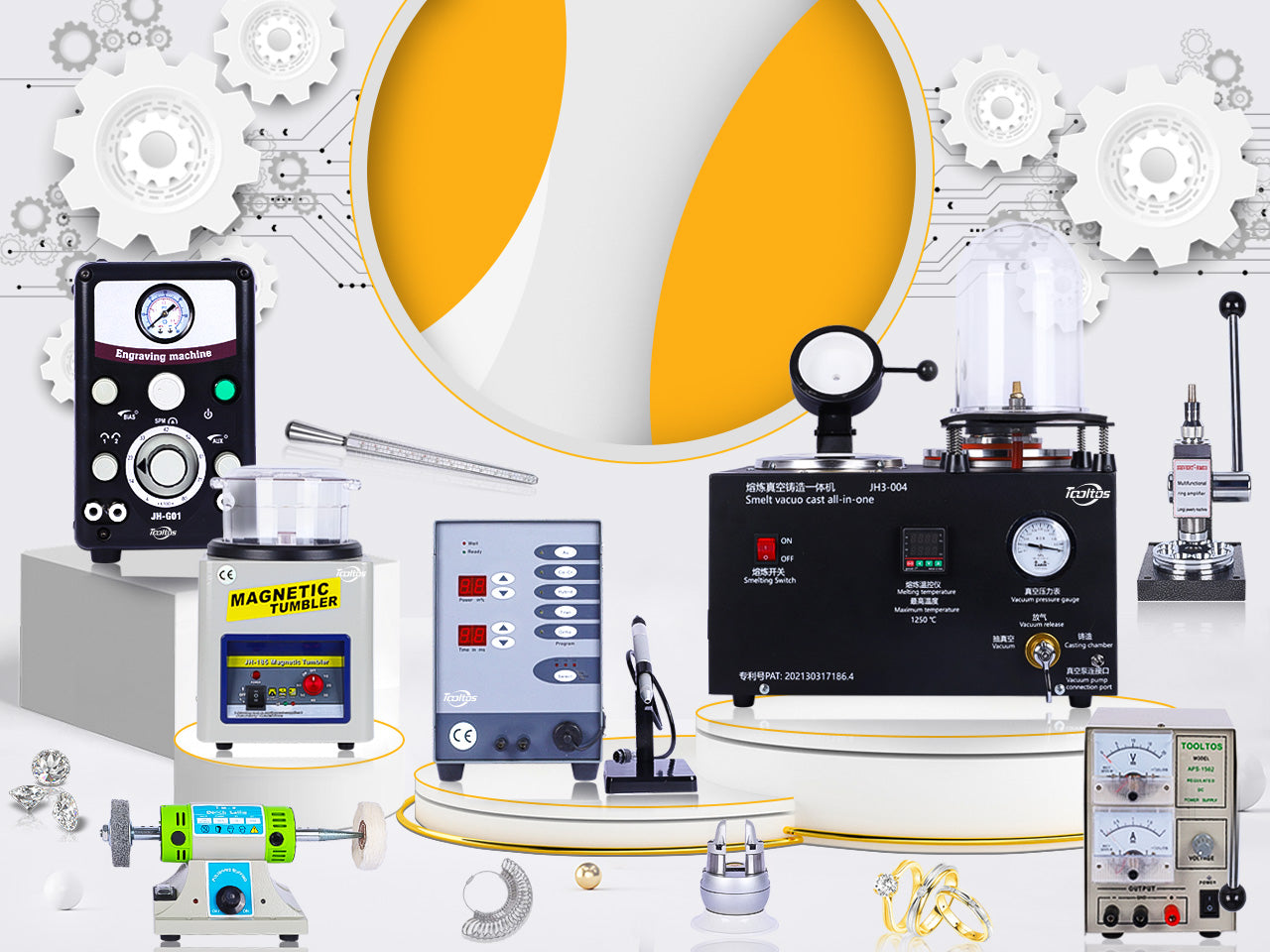Both rotary tools and pneumatic engravers are commonly used for engraving metal, but they differ significantly in terms of operation, precision, and applications. Here’s a breakdown to help you understand the differences and decide which tool is better suited to your needs.
1. Operation and Mechanism
-
Rotary Tool Engraving
A rotary tool uses a high-speed motor to spin a bit or burr, which carves or grinds into the metal. It works by abrasion, similar to a tiny drill or grinder.- How It Works: The spinning bit removes material from the metal surface, creating grooves or patterns.
- Example Tools: Dremel, Foredom, or similar handheld rotary tools.
-
Pneumatic Engraver
A pneumatic engraver uses compressed air to power a tool that strikes the metal rapidly, creating fine, controlled cuts. The mechanism mimics traditional hand engraving but with significantly less effort.- How It Works: The air-driven piston delivers rapid, consistent impacts, allowing the user to carve precise designs.
- Example Tools: GraverMach, Lindsay AirGraver.
2. Precision and Detail
-
Rotary Tool
-
Precision Level: Moderate
Rotary tools are better for less intricate designs, texturing, or basic patterns. Achieving high precision is more challenging due to the rotational nature of the tool and the manual control required. - Best For: Broad designs, surface texturing, or casual engraving.
-
Precision Level: Moderate
-
Pneumatic Engraver
-
Precision Level: High
Pneumatic engravers are designed for intricate, detailed work. They allow for controlled, delicate cuts and are commonly used in fine jewelry, watchmaking, and other high-precision applications. - Best For: Detailed scrollwork, monograms, and artistic designs requiring sharp detail.
-
Precision Level: High
3. Ease of Use
-
Rotary Tool
-
Learning Curve: Low to Moderate
Easy for beginners to use but requires a steady hand to achieve clean results. Mistakes can be difficult to correct, especially on small pieces. - Effort: Requires physical effort to guide the tool and maintain steady pressure.
-
Learning Curve: Low to Moderate
-
Pneumatic Engraver
-
Learning Curve: Moderate to High
More challenging for beginners due to the need to control the speed and pressure precisely. However, once mastered, it allows for fluid, natural movements. - Effort: Minimal physical effort; the air-powered tool does most of the work.
-
Learning Curve: Moderate to High
4. Speed and Efficiency
-
Rotary Tool
- Speed: Fast for broad strokes and simple patterns.
- Efficiency: Great for quick jobs, but fine details take time and skill to execute well.
-
Pneumatic Engraver
- Speed: Faster for intricate work, as the tool delivers precise cuts with minimal manual labor.
- Efficiency: Ideal for high-detail projects and professional-level engraving.
5. Applications
-
Rotary Tool
-
Best For:
- Engraving large, simple designs.
- Texturing metal surfaces.
- Engraving non-metal materials (wood, plastic).
- Industries: Hobbyists, casual engravers, and general crafting.
-
Best For:
-
Pneumatic Engraver
-
Best For:
- Intricate and detailed designs (e.g., scrollwork, lettering).
- Professional jewelry and fine art engraving.
- Industries: Professional jewelers, engravers, and watchmakers.
-
Best For:
6. Cost
-
Rotary Tool
- Cost: Affordable ($50–$200 for most models).
- Maintenance: Minimal, mostly replacing bits.
-
Pneumatic Engraver
- Cost: Expensive ($100–$3,000+ for high-end models).
- Maintenance: Requires an air compressor and occasional upkeep of the pneumatic system.
Which Should You Choose?
-
Choose a Rotary Tool if:
- You’re a beginner or hobbyist.
- You need an affordable, versatile tool for simple designs or texturing.
- You work on multiple materials, not just metal.
-
Choose a Pneumatic Engraver if:
- You’re a professional or aiming for high-precision, intricate work.
- You frequently engrave detailed designs on jewelry or fine metals.
- You’re willing to invest in high-quality tools for consistent results.
By understanding the differences, you can pick the right tool for your engraving projects and ensure the best possible results for your work.


0 comments